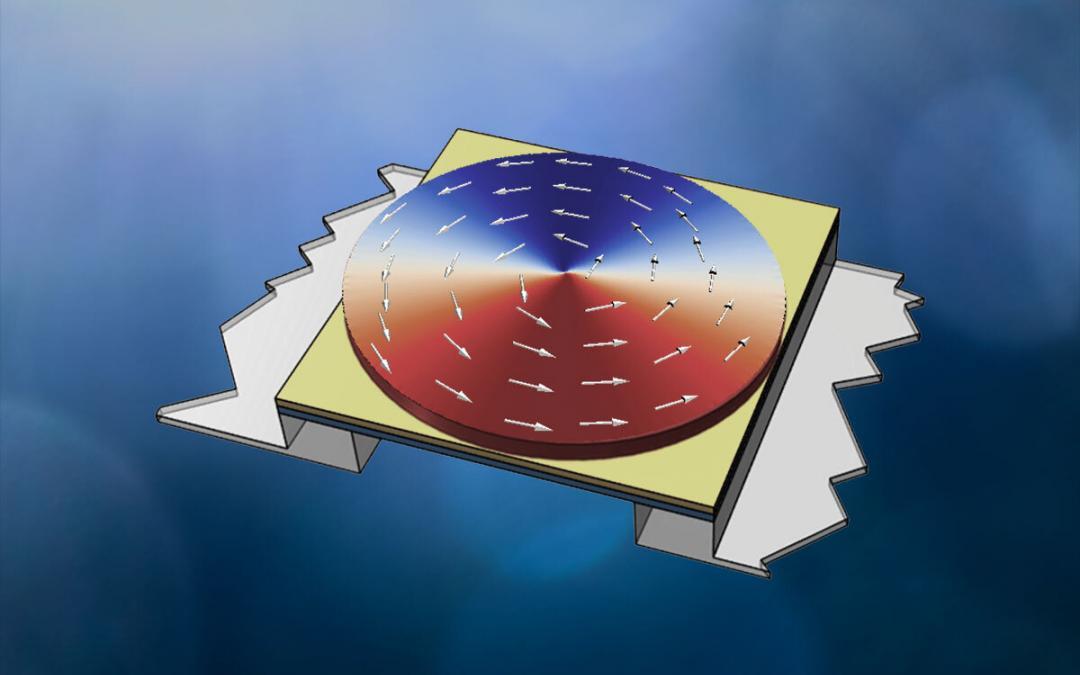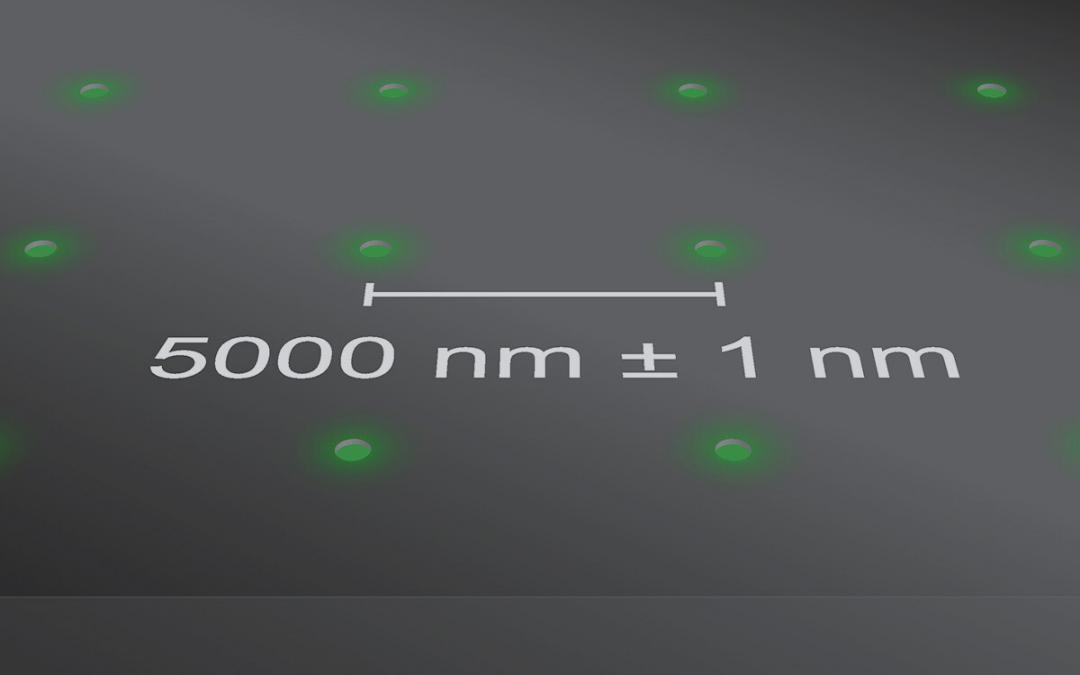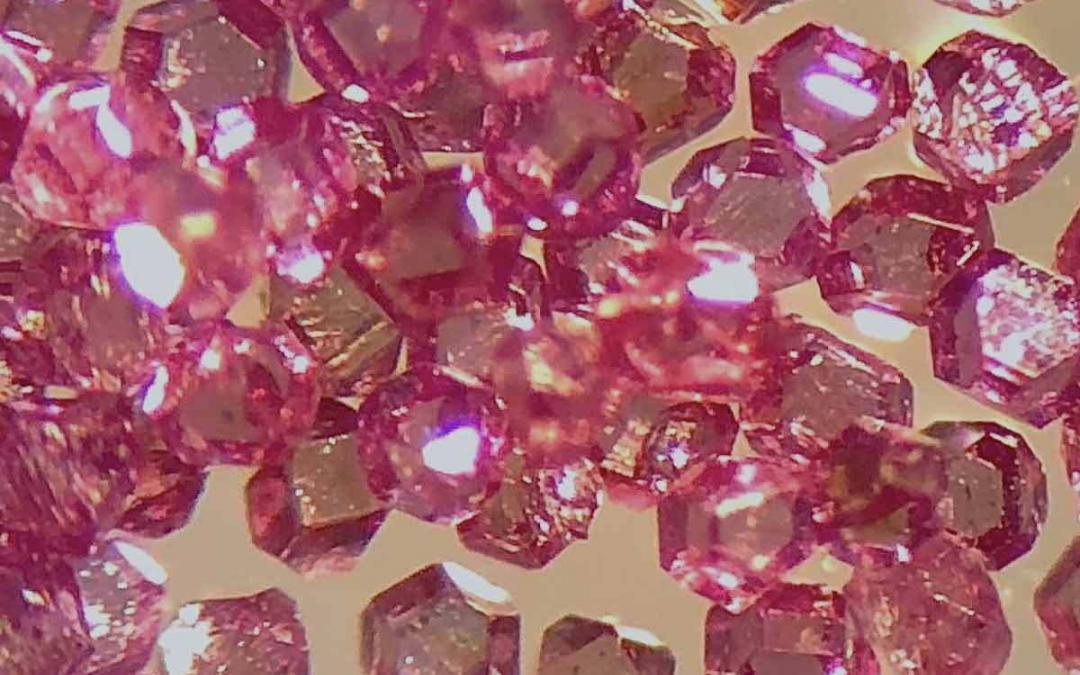


New Magnetic Sensors Prove Better Performance and Accuracy
Magnetic sensors play a key role in a variety of applications, such as speed and position sensing in the automotive industry or in biomedical applications. Within the framework of the Christian Doppler Laboratory “Advanced Magnetic Sensing and Materials” headed by Dieter Süss novel magnetic sensors have been realized that surpass conventional technologies in performance and accuracy in a cooperation between the University of Vienna, the Danube University Krems and Infineon AG.

Optical Microscope New Calibration Process
Over the last two decades, scientists have discovered that the optical microscope can be used to detect, track and image objects much smaller than their traditional limit—about half the wavelength of visible light, or a few hundred nanometers. That pioneering research, which won the 2014 Nobel Prize in Chemistry, has enabled researchers to track proteins in fertilized eggs, visualize how molecules form electrical connections between nerve cells in the brain, and study the nanoscale motion of miniature motors.

Microscale Diamonds for Medical Devices
Team led by Berkeley Lab and UC Berkeley researchers exploits tiny defects in diamonds to pave the way for enhanced biological imaging and drug studies. An international team led by scientists at the Department of Energy’s Lawrence Berkeley National Laboratory (Berkeley Lab) and UC Berkeley discovered how to exploit defects in nanoscale and microscale diamonds to strongly enhance the sensitivity of magnetic resonance imaging (MRI) and nuclear magnetic resonance (NMR) systems while eliminating the need for their costly and bulky superconducting magnets.
